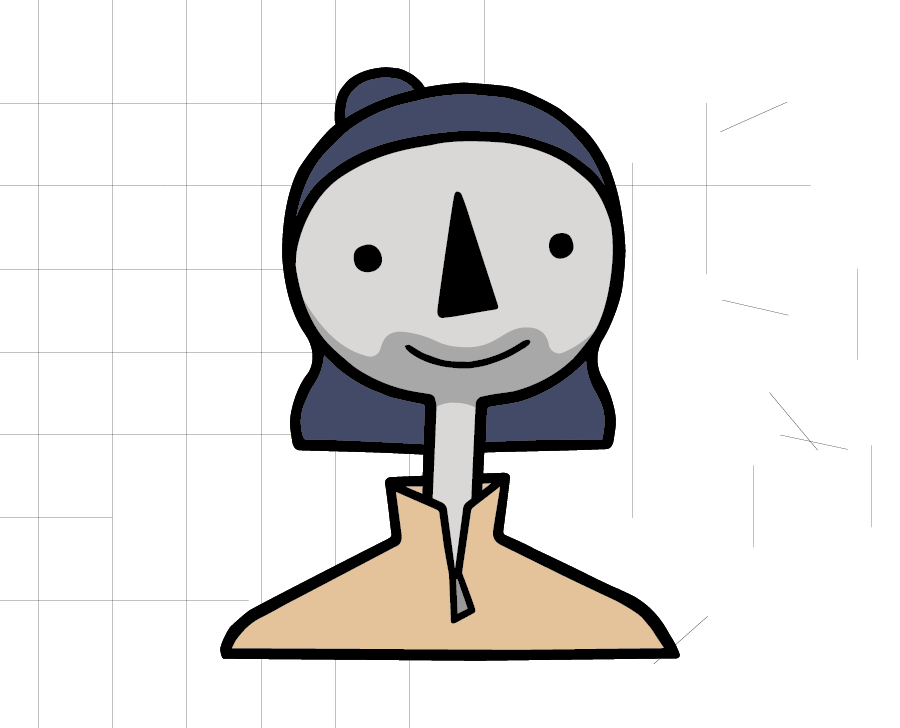Facilitator Spotlight: Matt Pirone
Facilitator Spotlight: Matt Pirone, Project Development Coordinator and Facilitator, M.S. in Design Science and M.S.E. in Mechanical Engineering
This staff member has departed C-SED to explore other exciting opportunities. Check out what Matt is up to now via LinkedIn!
How did you become interested in the facilitator role at C-SED?
Though I had been working with C-SED and on socially engaged design projects for two years previously, moving into the facilitator role accelerated my learning and deepened my understanding of the design process and associated methods. To me, the value of this role was in playing a larger role in the C-SED community and the opportunity to facilitate learning experiences.
How would you describe the role of a C-SED facilitator in one sentence?
C-SED facilitators build capacity for socially engaged/human centered design within the university by facilitating learning experiences for students and faculty through workshops and consultations.
What have you learned as a facilitator?
The C-SED staff and fellow facilitators prioritize building and maintaining relationships, and along with that a safe environment to challenge oneself and grow as a designer. I’ve learned far more about design, specifically equitable design, from the discussions, stories, and reflections of this group than from any course I’ve taken. The facilitator group is becoming increasingly diverse in thought in terms of school/college representation as well, which enables us to critically think about how socially engaged design applies across disciplines.
Additionally, as a master’s student, it was difficult for me to find meaningful teaching experience, which was something I thought I might have been interested in, but had no opportunity to explore. As a facilitator with C-SED, you have the creative freedom to curate meaningful learning experiences as soon as you feel comfortable. This role provided me the opportunity to develop my facilitation/teaching skills and discover my passion and joy for facilitation.
What would you tell first-time facilitators as they consider stepping into this role?
As a team, we are conscientious of not overwhelming facilitators, especially new ones, with work. As a new facilitator, you will be eased into the process by sitting in on planning meetings and observing experienced facilitators in action. Take as much time as you need to feel comfortable with the process, the content, and the delivery. Additionally, feel free to ask as many questions as you want and voice your concerns — we’re all here to learn.
Second, I’d like to add that you should follow your passions and interests. As a center, we offer learning opportunities on a wide variety of topics, and while all are core to socially engaged design, you don’t necessarily have to facilitate on all topics. Reflect on which topics you are experienced in, passionate about, or interested in learning more about and dive deep into those. If you have the capacity, evaluate other ways you can get involved, such as joining working groups focusing on content development, iterating on learning objectives, or center visioning.
Any favorite design tools to share?
My favorite tools are ones that facilitate self-reflection. At this point in time, my favorite design stage is “explore”, and thus any tool that can help me reflect on how and/or why I am exploring is always incredibly insightful. Some examples are Ecosystem and Assumptions Maps. Ecosystem Maps assist with ideating and considering who is connected to the design challenge and how, which is an essential component for a human centered design philosophy. Assumptions Maps serve as a purge in a sense of externalizing everything you know about the design context and people involved. Then, with a critical and reflective mind, you can ask yourself tough questions like, “Why do I think this is true?” and “Whose perspective is going to assist me in challenging this assumption?”



